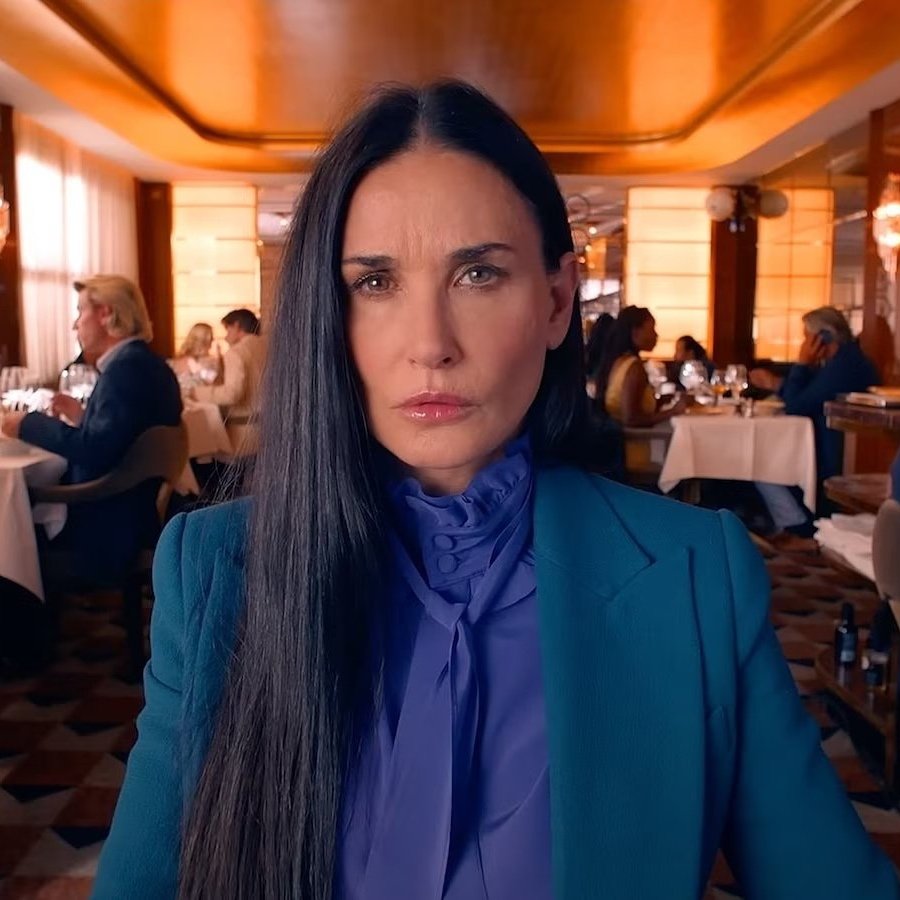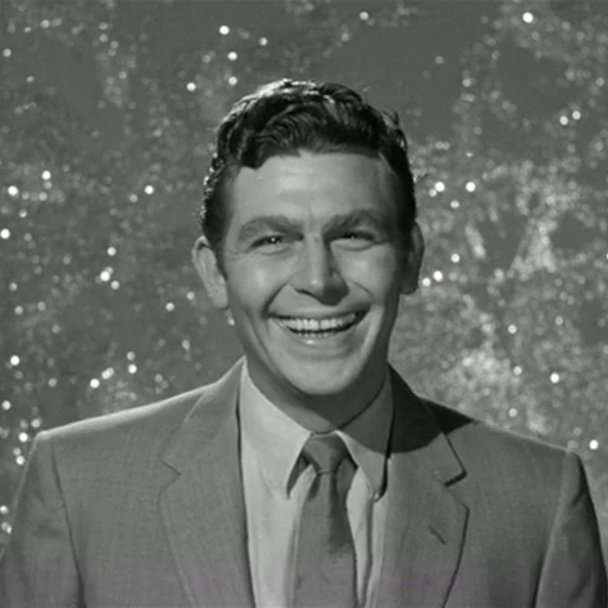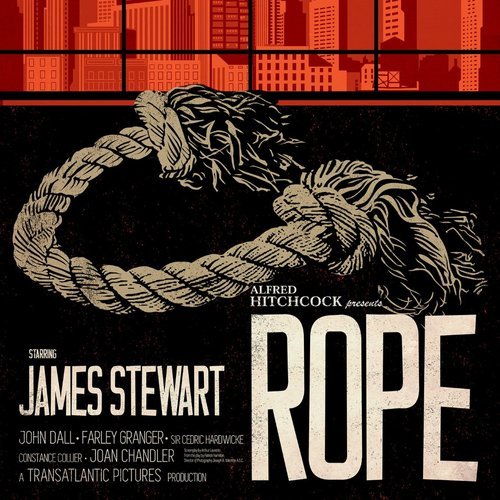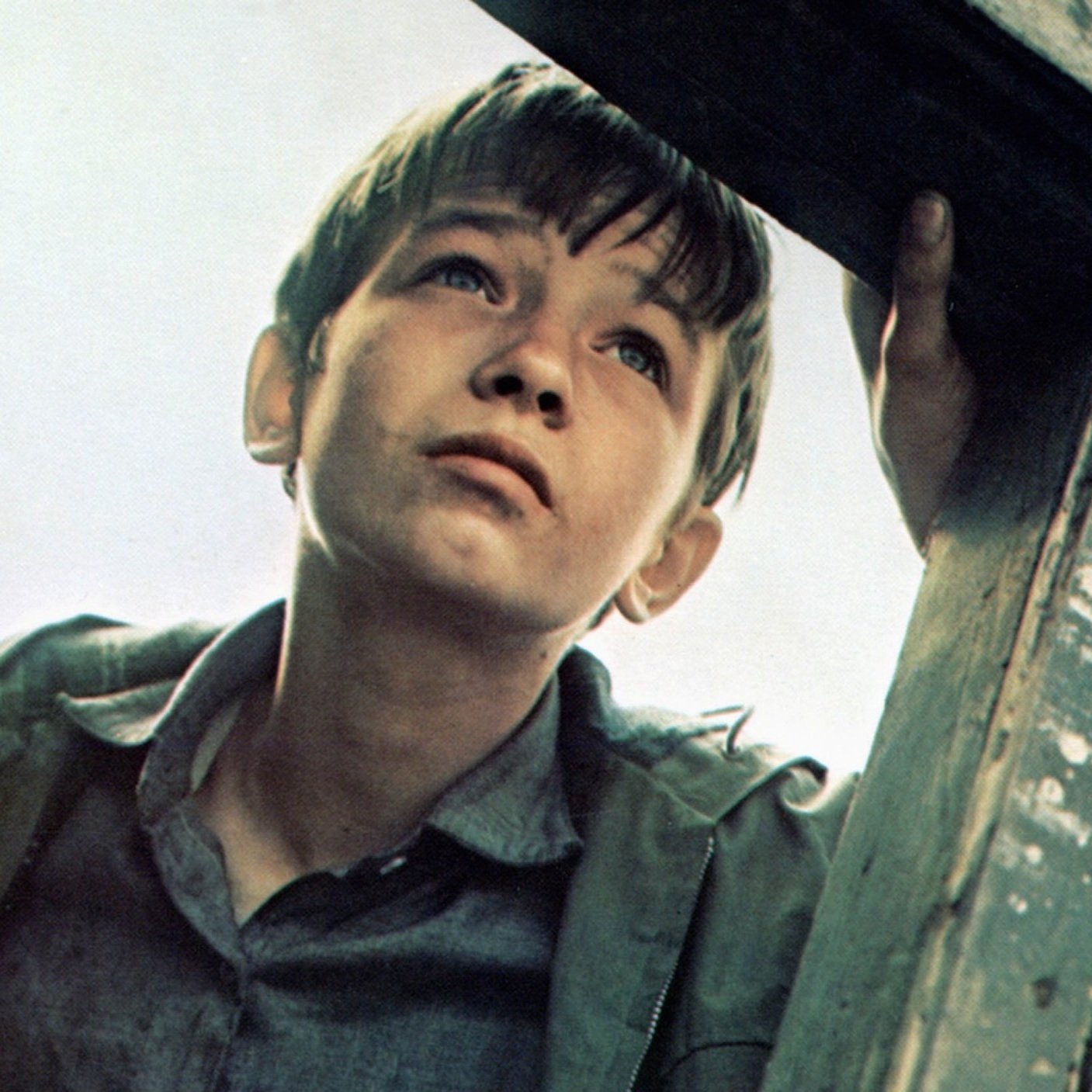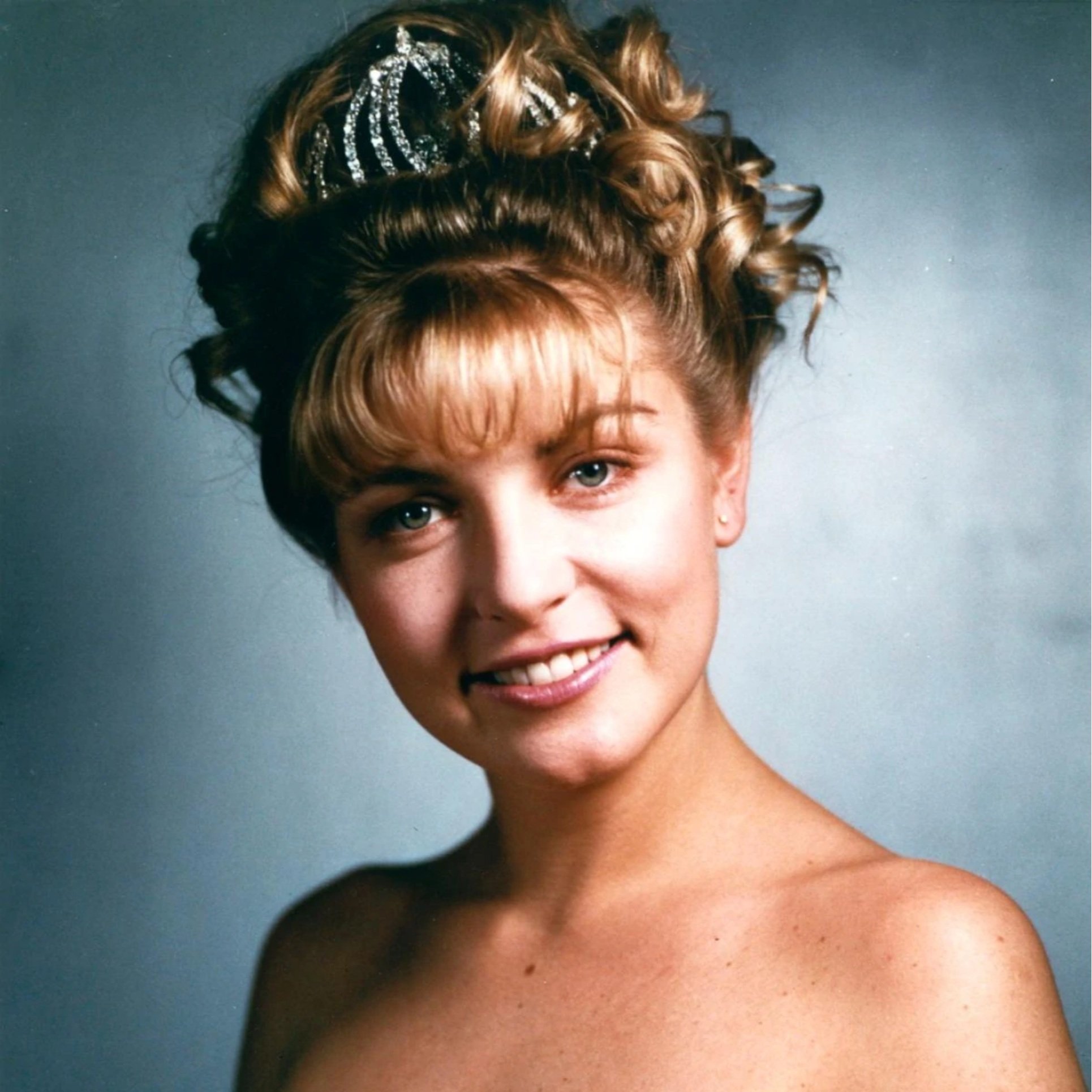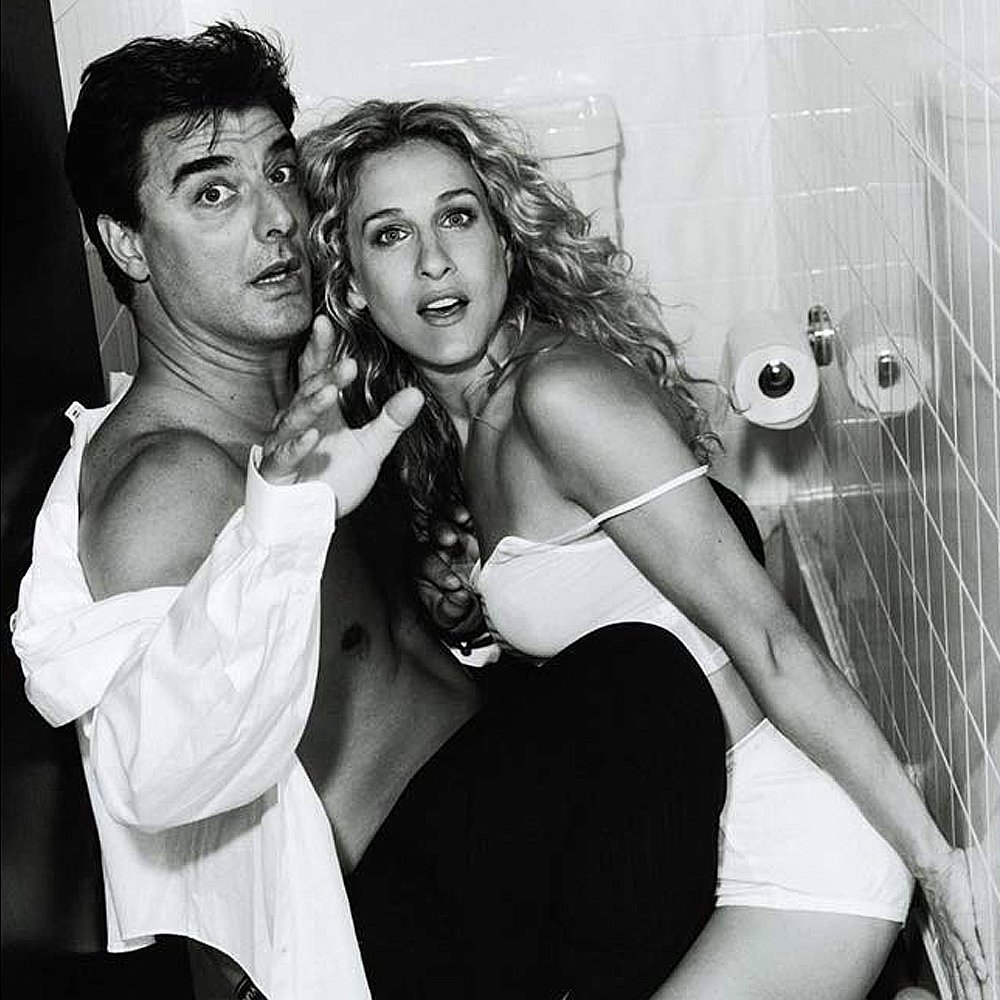You Only Pretend To Care: Ken Loach’s Cathy Come Home
I often feel that I find directors through other directors. I found Werner Herzog through Wim Wenders. Stanley Kubrick through George Lucas. And more recently, Ken Loach through Mike Leigh. Growing up in seventies and eighties Britain, I’d ambiently known about Loach’s work on television, where he’d directed a number of socially impactful plays for the BBC before venturing into longer form independent films like Poor Cow (1967), Kes (1969), and later Riff Raff (1991) and The Wind That Shakes The Barley (2006). I knew him for the kind of gritty, hard-hitting social commentary the British like to call ‘kitchen sink’ dramas, and I recently found myself spending some time with a number of Loach’s films, many of which I’d never seen before, but starting with what is often referred to as one of his most powerful, the television drama Cathy Come Home, from 1966. Intensely innovative at the time for its volatile and freeform documentary style, which rattles along at a pace which drags the viewer with it, and its often unscripted dialogue and unexpected public interactions, the British audience had never seen anything like it. In many ways they’ve never seen anything like it since either.
The story centers around Cathy, a recent transplant to London from an undisclosed rural town she couldn’t wait to leave, and the man she meets and later marries, Reg. In breathtaking performances from Carol White as the practical dreamer Cathy, and Ray Brooks as the hapless but eternally optimistic Reg, it’s a rake’s progress of downward social mobility which begins well enough with their courtship. Reg has a steady job driving trucks, and they move into a new tower block and begin to have a family. But Reg’s truck runs off the road one night, and their troubles begin. With little money coming in, they’re forced to live with Reg’s mother, and squeeze their growing family into an already overcrowded terraced house. As tensions increase, especially between Cathy and Reg’s mother, they leave and move into their own rented place nearby.
But with the death of their landlady, who’d taken pity on their plight and shown a kindness when it came to collecting the rent, the home is taken over by a ruthless nephew, and Cathy and Reg are unceremoniously, publicly evicted. As their homes get smaller and more squalid, they move initially to a caravan, from which they are also evicted after local residents protest and burn down one of the neighboring caravans, killing a family. From there they squat in a disused and abandoned building, as their family grows to three infants.
As a measure of last resort, Cathy is taken into a woman’s shelter, and separated from Reg, who continues to struggle to find consistent material employment. The shelter’s officers are as indifferent as they are harsh, and Cathy’s patience soon begins to wear thin. Reg visits less and less regularly, and ultimately drifts away to Liverpool. Cathy’s support payments stop. Unable to pay for her place in the shelter, and without any means of spousal support, Cathy is turned out, and becomes homeless. The film ends with an abandoned and distraught Cathy alone on a railway platform, and the forceful removal of her children by the social services authorities for their own protection, at which point she is left as she began, alone and seeking to be anywhere but here.
Almost exclusively shot on location with 16mm film, it contrasted heavily with the usual, controlled studio format viewers were used to, and was intensely jarring in its realism. Handheld camera movements brought an authentic grit to the story, and a documentarian approach which lent more weight to the subject matter the closer it felt to news coverage. Indeed, in the final scene where Cathy’s children are taken away, the entire shot was improvised in public, and where notably nobody intervened to help Cathy as she screams for the authorities to stop.
But where the production had found indifference from passers-by, the reception once it aired on the plight of the homeless was intense, and immediate. It birthed homeless charities still in existence, and shone a light on the enormous scale of the housing problems facing the country. Now in the limelight, strangers would thrust money into Carole White’s hand in the street, still convinced of her homelessness and their eagerness to help. Reaction to the television drama was powerful, and Loach would go on to direct a lifetime of similarly socially-aware films. And we can’t underestimate the originality of the film in 1966, which was part documentary, part social commentary, and only loosely scripted. It was a long, long authentically harrowing way from the swinging London of Carnaby Street, The Beatles and James Bond with which the British sixties is so often remembered. This was real people, facing real problems. The film ends on a simple slate which reads:
”All the events in this film took place in Britain within the last eighteen months. 4,000 children are separated from their parents and taken into care each year because their parents are homeless.”
Loach leans on the scale of statistics to drive the point home. One commentator even called it ‘an ice-pick in the brain of all who saw it’. Watching the film in 2023 it’s still just as powerful. Some of the dialects and language have changed, but we still feel deeply for Reg, Cathy and their children. We still see them as good people to whom bad things are happening. We feel Cathy’s belligerence towards those around her and her frustration at her ever worsening state. We anger at Reg’s perpetual optimism that things will look up, all while slowly drifting away from his family. And we still find the indifference of the bureaucrats tasked with processing the very real human problems of shelter by reducing people to numbers. But most of all we know these problems are still here. We’d like to think that the decades of space between Cathy and ourselves has healed such a societal wound. But instead it’s scaled it. Homelessness is still a serious problem. Housing is increasingly unaffordable for those looking to buy. And the generosity of the state and those who turn to them for help all too often in short supply.
Much has been written about Cathy Come Home over the years. It’s often voted one of the best British short films ever made. Certainly one of the most important pieces of television ever broadcast, even after almost 60 years. I think the praise is still deserved. Carole White, as Cathy, would face her own personal hardships with drug abuse and alcoholism, both of which would destroy her career and take her life in Florida at 48. Ray Brooks, as Reg, and still alive, would find himself narrating some of the most beloved animated children’s television of the 1970s, become the voice of regional transport, drift from sitcom to sitcom, and ultimately end up in my favorite British soap opera, EastEnders, where he played a wonderfully soft spoken… murderer.
I’d always liked to think of Cathy as resilient, full of grit. To endure such hardship and survive is admirable. But I often think of what her next act would look like. I always assumed, like the title, she went back home to her rural beginnings. But lately I’ve been wondering if that’s true. Would she be too proud to come home? What would even be left for her when she did? Would she stay on in London and fight for the return of her children? That’s of course the beauty of the film. It raises far more questions than answers. I suspect the pull to unite her family would outweigh a return to rural life. And that, we speculate, is both the stubbornness which has caused her situation to endure, but also her grit and determination to carry on.
Popular Reviews















